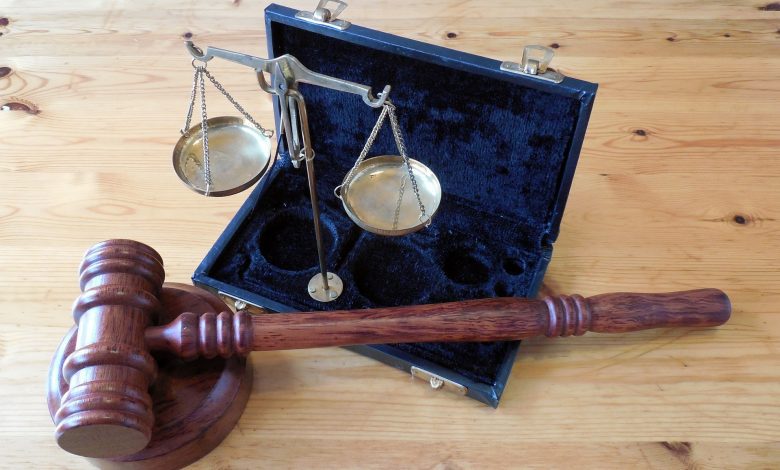Everything You Need to Know About Intellectual Property Rights in India

Intellectual Property Rights in India provide protection to the original creators or owners of the creations. Intellectual property protection is an important factor that also contributes to economic growth as it promotes innovation. Letus understand some basics about Intellectual Property laws, what everyone must know.
What is Intellectual Property and what are Intellectual Property Rights?
It could be artistic work, literary work, any design or symbol, name or image, technical or scientific creation. Intellectual Property Rights (IPRs)protect the legal rights given to the owner or creator of the Intellectual Property for a specified period of time. These legal rights ensure that there is no infringement of the original works of the creator.
Types of Intellectual Property Rights
The following are a few of them:
1. Patent –A Patent is granted to an applicant for his invention. A Patent is granted for the term of 20 years and is required to be renewed every year. A Patent Owner can create, sell, make copies, or grant rights to another party to use the invention. He/she has every right to commercialize his/her patent
2. Trademark – A Trademark is a logo or sign which helps consumers to distinguish between the products and services of a company from the other. It can be a sound, color, text, phrase, or scheme. A trademark protects original products from similar or deceptive look-alike products which may confuse consumers.
3. Copyright – All types of literary, musical, dramatic, and artistic works can be protected under copyright law. It can be a webpage, image, art, music, painting, fashion designs, software, product label, or product packaging. The copyright owner has the right to publish, sell, recreate or reproduce any work created by him/her. Best examples of copyright are videos, books, photos, articles, and movies.
4. Trade Secret – Trade Secrets are a type of intellectual property that comprises of secrets of a business. They can be any processes, formulas, patterns, business plans, consumer data, or any other relevant statistics, designs, strategies or any other information which is confidential for the business. A trade secret remains as a secret until it is not available outside the business.
5. Design – A Design Patent can be granted for design and function. Design Patent protects visual design in terms of pattern, layout, sculpture, or any other visual features of a product.
How to apply for Intellectual Property Rights –
It is important to understand your intellectual property and protect them under specified laws to excel in your business. Every business needs to understand its competitive market and ensure that their logo, design, packing, advertisement, invention, etc. are not in violation of any IP rights. It is essential to protect ones IP rights to generate goodwill for any business.
For Patents, the owner or creator of any new and innovative process, product, machine or any other article can file an application under the Patents Act, 1970. You can apply yourself or through any legal representative. The application should contain all relevant information regarding the invention.
The same applies to the registration of Trademarks, the process starts with the filing of an application under the Trademark Act, 1999 followed by an examination of trademark, advertisement, objections, and finally registration of trademark, once objections are addressed. After registration, owners can use the ‘R” symbol which provides exclusive identity to their products.
Any artistic, dramatic, or architectural work can be registered under the Copyright Act, 1957. Although it is not mandatory to apply for it as they exist automatically, they can work very well in the court of law as proof of evidence.
Protect your intellectual property today, do not delay, and consult intellectual property lawyers to assist you in preparing all requisite documentation on time.





